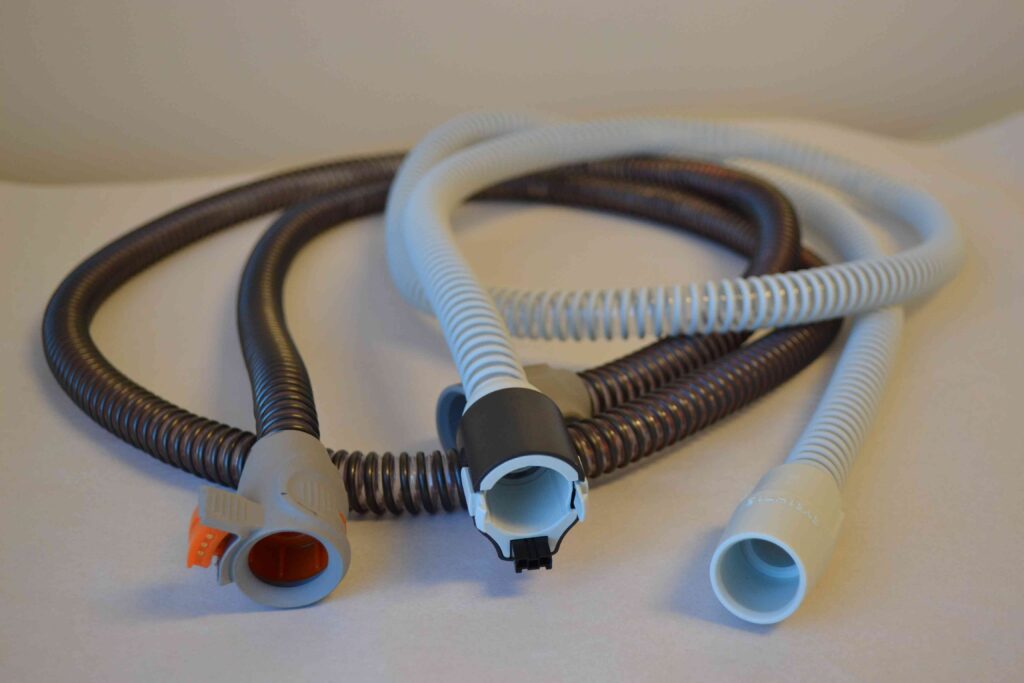Gloucester is awaiting the decision
Gloucester is awaiting the decision on whether AGL can start fracking 300m from family homes. AGL want to start fracking as soon as possible. The following list the fines, breaches of license and investigations by the NSW EPA Environmental Protection Agency against coal seam gas company AGL in 2013: 19 December 2013 Exceeding NOx limits […]
Gloucester is awaiting the decision Read More »



